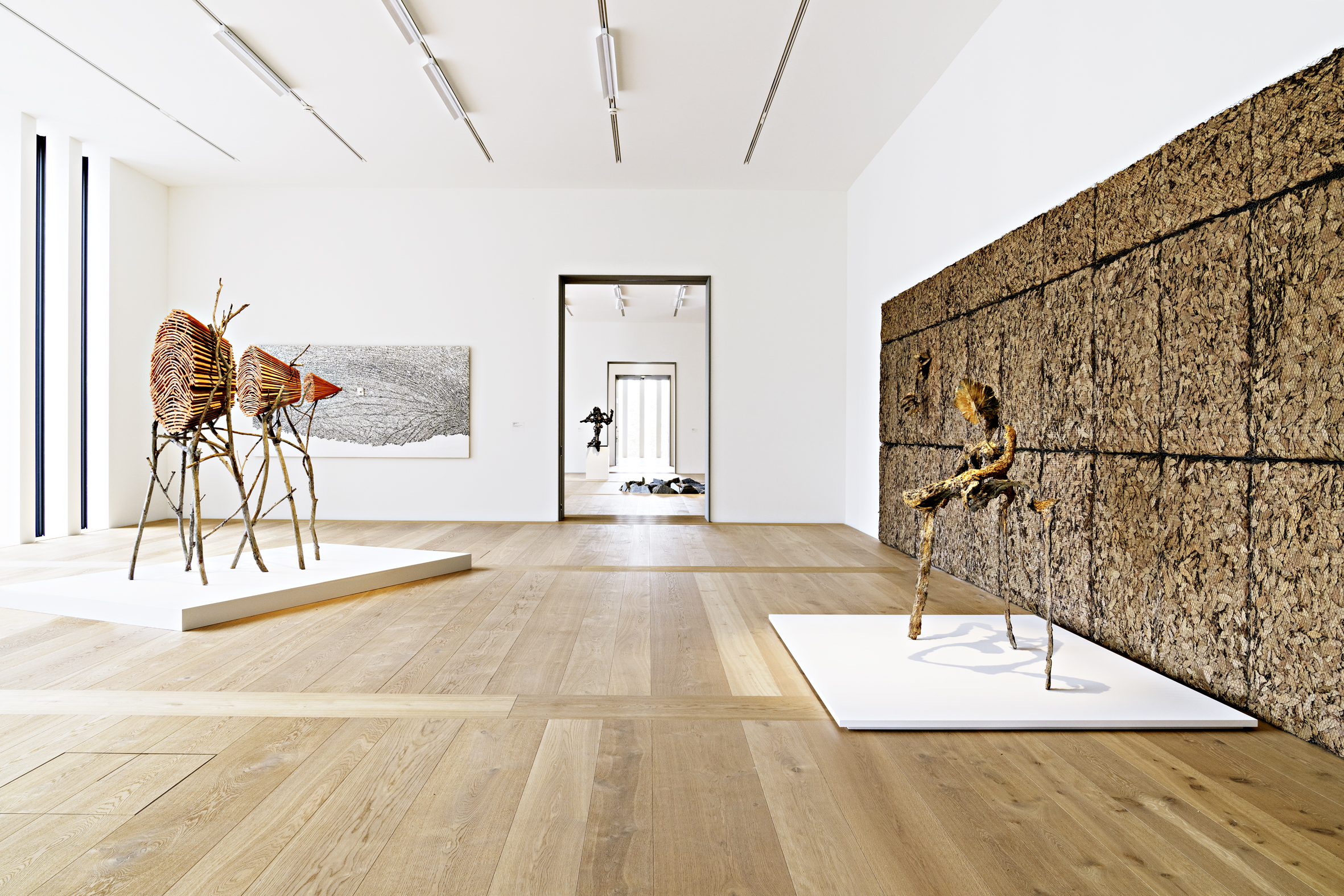The COLLECTION HUBERT LOOSER in the Chipperfield Building of the Kunsthaus Zürich
The COLLECTION FONDATION HUBERT LOOSER in Switzerland is one of the most outstanding private collections of modern and contemporary art in the European area. Its main focuses are on Surrealism, Abstract Expressionism, minimal art and arte povera.
An elemental character of the Hubert Looser Collection is the dialogue that is generated by the inter-communication within the artworks, within constellations that transcend ‘isms’ and media borderlines; also the transatlantic interrelationship between Europe and the USA. The painterly gesture, the line, materiality, process and minimalism are the thematic focuses of the collection. Sensuous language of forms in the figurative idiom meets spiritual formulations.
Hubert Looser started collecting art in the 1960s. He started off mainly with Swiss formations of Surrealism and Informel before acquiring more and more international art ranging from Pablo Picasso to Willem de Kooning. Hubert Looser lives with his art, installs it as in a museum in the private rooms and grounds of his house on Zürichberg. It is his wish to share his passion for art with the general public. After ending his collecting activities he is transferring the major works to the Kunsthaus Zürich and showing them in the rooms of the new Chipperfield Building.
Florian Steininger
For visits and guided tours, please contact the Kunsthaus Zürich website.







